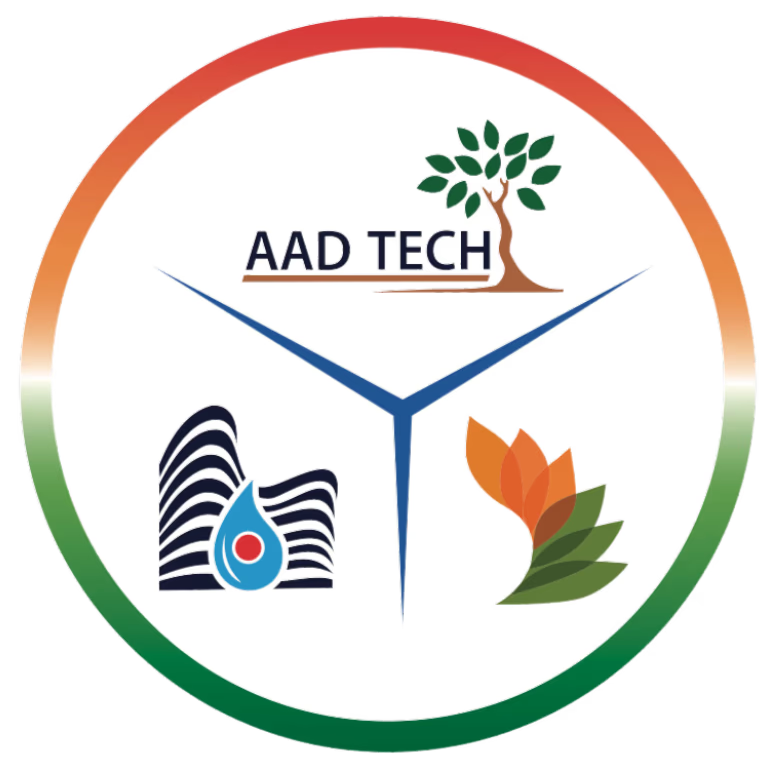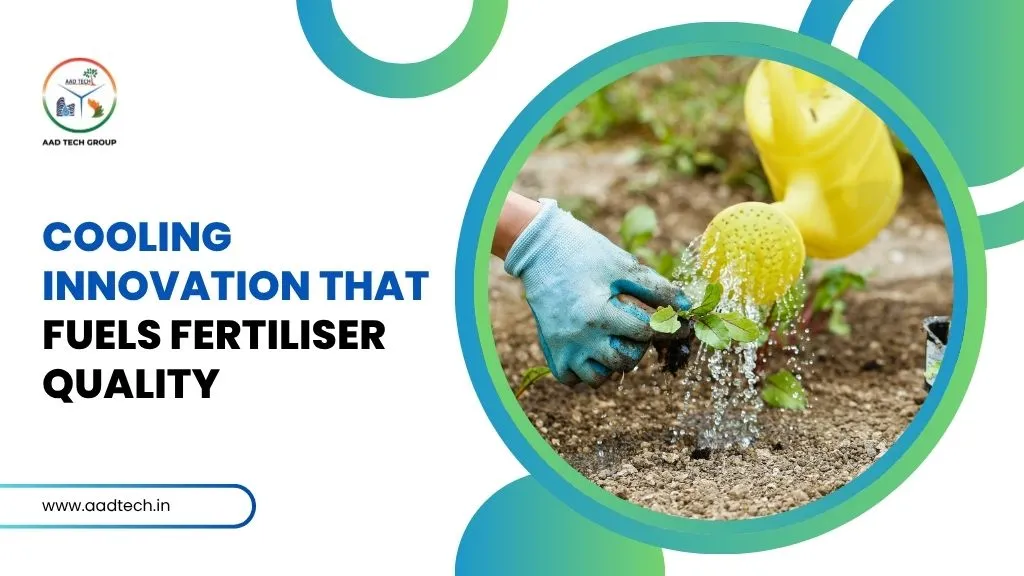At Aad Tech, the parent company of Melfrank, we understand the critical role temperature control plays in fertiliser production. From granulation to crystallisation, each stage demands precise cooling for optimal quality and efficiency. In this context, indirect cooling technology has emerged as a reliable solution offering superior control, water savings, and improved cooling efficiency of cooling towers.
What Is Indirect Cooling Technology?
Indirect cooling systems use a heat exchanger to separate the process fluid from the cooling medium (usually air or water). Unlike direct evaporative cooling, where the two come in contact, indirect systems maintain a barrier that prevents contamination while enabling effective heat transfer.
This method ensures that:
- The cooling water remains clean and non-corrosive.
- The process fluid’s purity and composition are preserved.
- Water and chemical consumption are significantly reduced.
In fertiliser plants, where process fluids often include chemicals like ammonia, nitric acid, or phosphates, such isolation is crucial for maintaining equipment longevity and consistent output.
Why Cooling Efficiency Matters in Fertiliser Production
Fertiliser manufacturing involves multiple exothermic reactions that release heat. Efficient cooling is vital to:
- Maintain reaction balance,
- Achieve uniform granule formation, and
- Prevent overheating that degrades product quality.
Poor cooling performance can lead to uneven granules, moisture retention, and lower nutrient concentration issues that affect both product appearance and market value.
How Indirect Cooling Enhances Process Efficiency
Over the years, we have helped several fertiliser manufacturers integrate indirect cooling systems into their production lines. The benefits extend beyond temperature control—they directly impact energy efficiency, water conservation, and overall plant reliability.
1. Stable Temperature Regulation
Indirect cooling provides steady performance, unaffected by outdoor temperature fluctuations. This ensures uniform cooling across all production stages, which is particularly useful in India’s diverse climate zones.
2. Enhanced Product Quality
Consistent cooling supports the formation of evenly sized urea or phosphate granules, leading to improved product uniformity and reduced fines.
3. Reduced Corrosion and Scaling
Since process water never mixes with air, corrosion, scaling, and fouling are minimised, translating to fewer maintenance shutdowns and longer equipment life.
4. Improved Cooling Tower Efficiency
Integrating indirect systems with optimised cooling tower design can improve cooling efficiency by 15–20% (TERI, 2024); however, Melfrank retrofit solutions have demonstrated 30–40% power savings in real-world industrial applications.
5. Water and Energy Conservation
With minimal evaporation and blowdown, indirect systems consume less make-up water—a crucial advantage for fertiliser plants located in water-scarce regions.
Application in Indian Fertiliser Plants
We’ve implemented indirect cooling towers in several fertiliser units across India. These plants reported:
- Reduced cooling water consumption,
- Lower maintenance costs, and
- Improved consistency in product granulation and purity.
Future of Cooling in Fertiliser Manufacturing
As global fertiliser demand increases, the push for energy-efficient, water-conscious production technologies is stronger than ever. Indirect cooling combined with advanced monitoring systems can help manufacturers achieve higher reliability without compromising environmental performance.
At Aad Tech, with Melfrank’s expertise in cooling tower engineering, we continue to innovate systems that maximise cooling efficiency and ensure consistent, high-quality fertiliser production.

